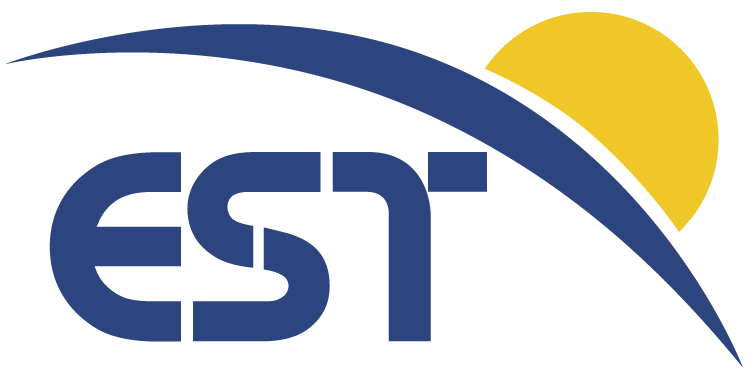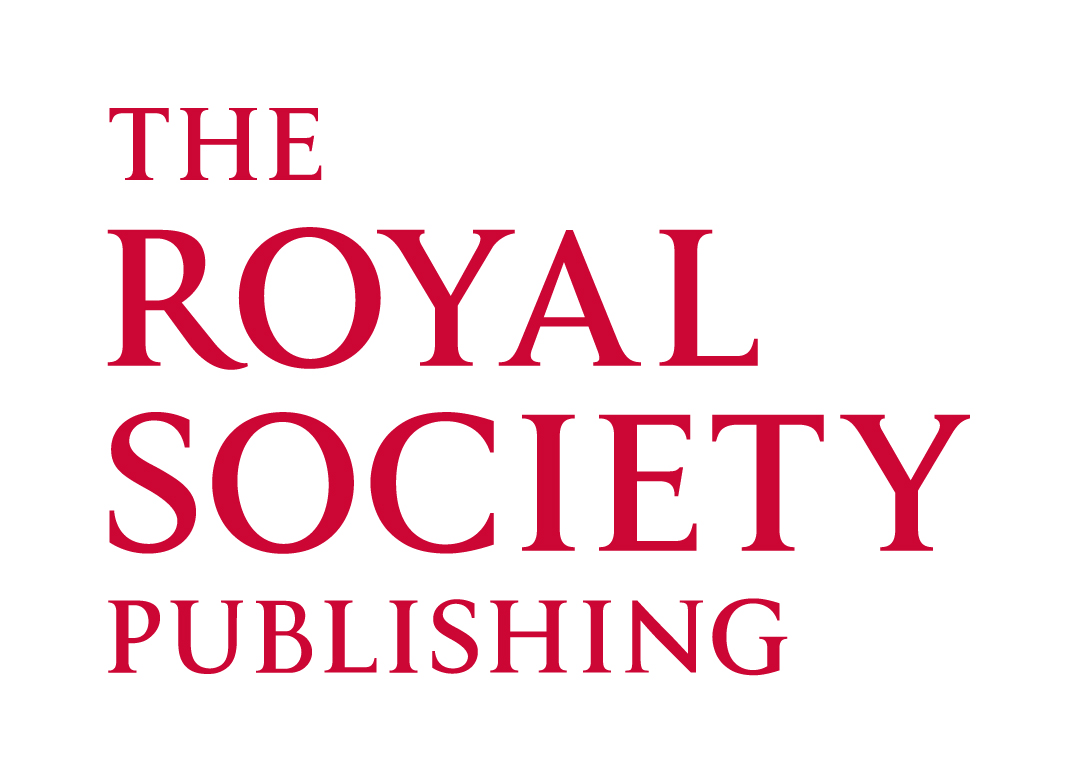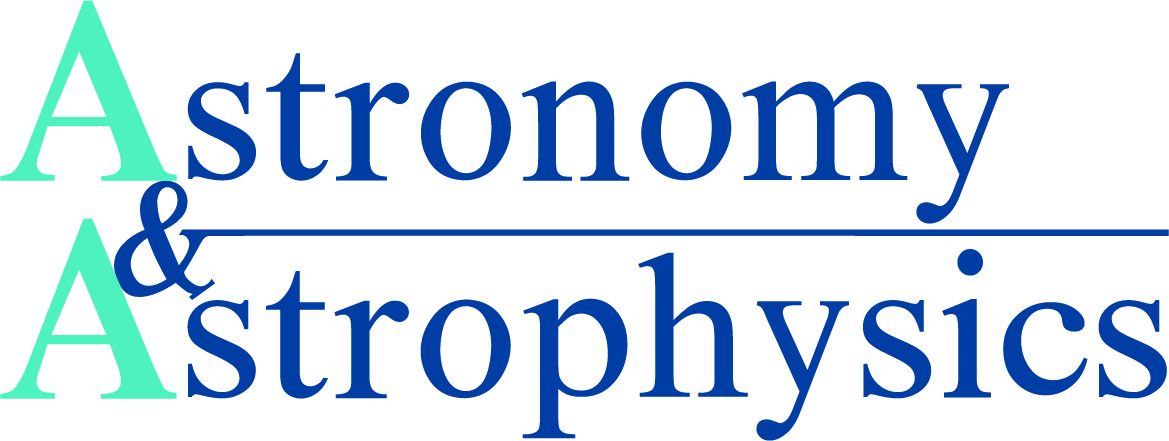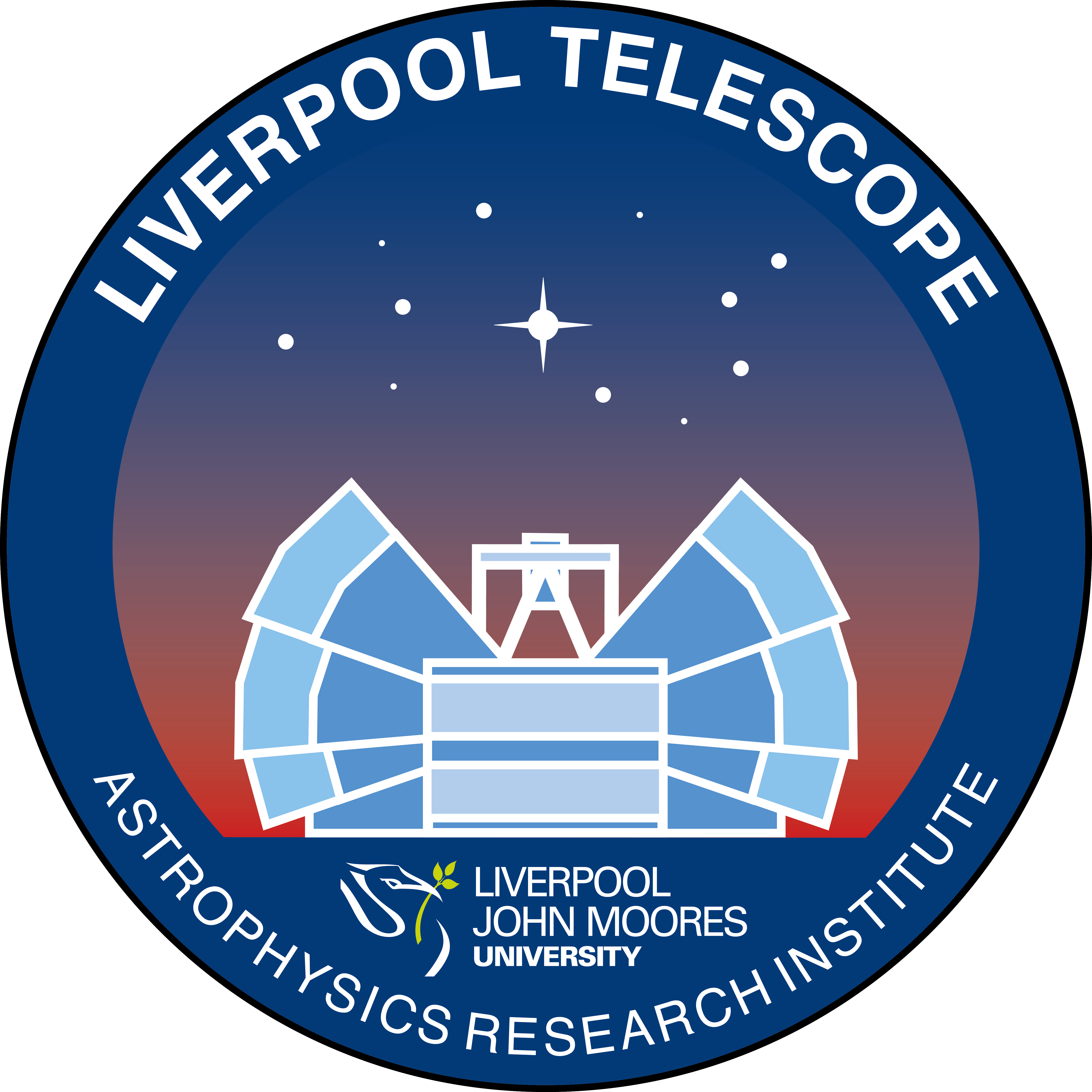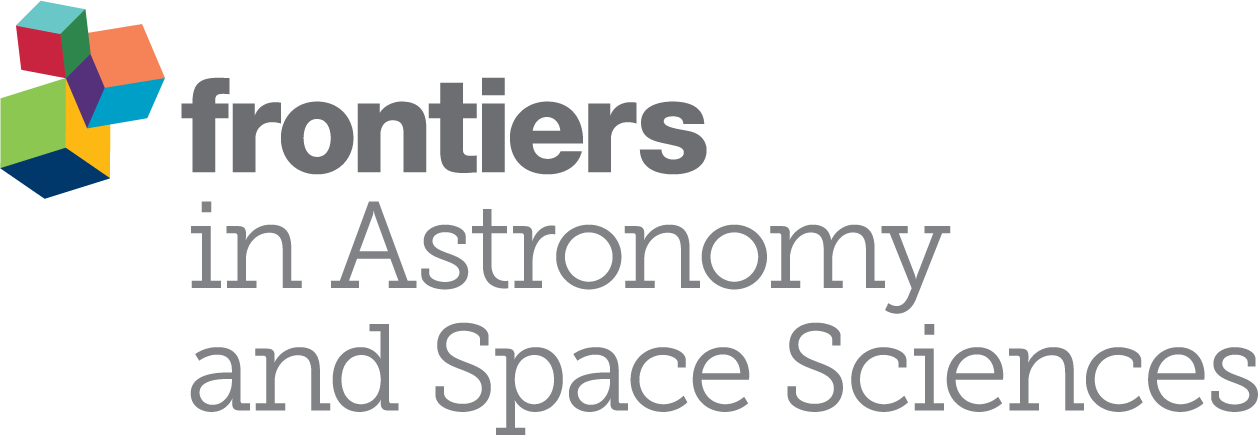Special Session SS27
3 April 2018
The Alpha Centauri system as a benchmark for stellar and planetary systems
Aims and scope
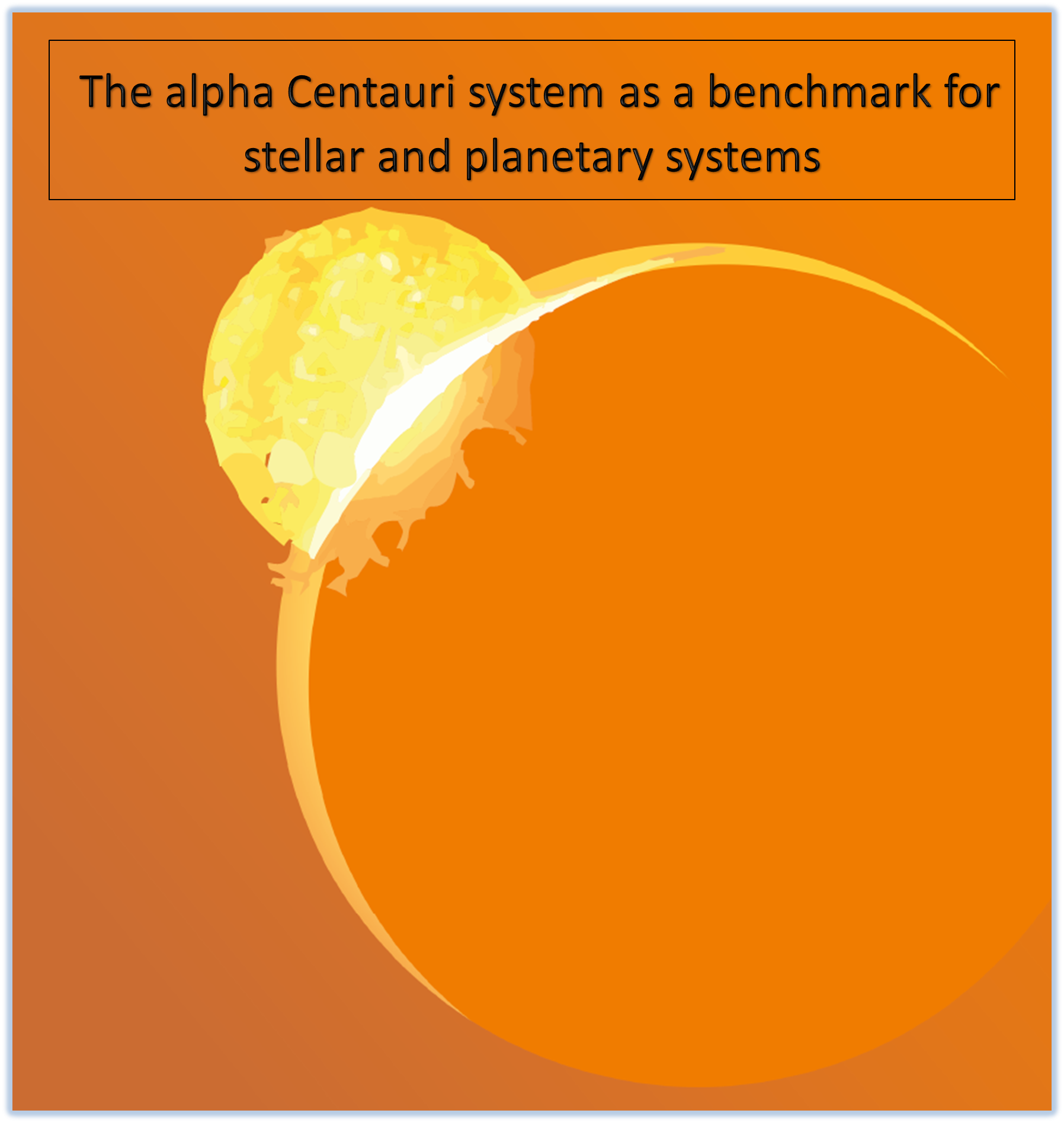 The discovery of Proxima b, the temperate terrestrial exoplanet orbiting our nearest neighbour, the star Proxima Cen, has given a renovated impulse to the study of this stellar system and its environment, including the search for new planets and the modelling of the known ones. The aim of this Special Session is to bring together all the knowledge gathered for the system and provide focus to the interdisciplinary research needed to stablish it as a benchmark in astrophysics.
The discovery of Proxima b, the temperate terrestrial exoplanet orbiting our nearest neighbour, the star Proxima Cen, has given a renovated impulse to the study of this stellar system and its environment, including the search for new planets and the modelling of the known ones. The aim of this Special Session is to bring together all the knowledge gathered for the system and provide focus to the interdisciplinary research needed to stablish it as a benchmark in astrophysics.
The general topics to be addressed at the session will try to answer the following questions:
- a. How well do we know the Alpha Cen system? How well can we characterize it with current techniques? (Keywords: Binary and Multiple Star Systems and fundamental parameters, Magnetic activity and pulsations, circumstellar environment)
- b. What is the history of our closest neighbours? (Keywords: Stellar and planet formation and evolution)
- c. What do we know about the current planet population in the system? What can we learn in the future with telescopic observations? (Keywords: Proxima b, exoplanets, star-planet interaction, exoplanet atmospheres, bio-signatures and astrobiology, current and future telescopic instrumentation)
- d. What can we learn with in-situ observations? How do we get there? (Keywords: Exoplanet interiors, surface processes, geological evolution and possible biology, future missions into interstellar space, in-situ instruments and other advance concepts)
- e. How do we disseminate what we learn about this system? (Keyword: outreach)
Programme
Sub-session 1:
- P. Kervella,
How well do we know the Alpha Centauri stellar system?, 20+5 min.
- G. Anglada,
Defining the architecture of the Proxima Centauri planetary system: evidence for dust belts, 15+5 min.
- V. Ivanov,
Searching for faint comoving companions to the ? Centauri system in the VVV survey infrared images, 10+5 min.
- M. Lisogorskyi,
Measuring the radial velocity of Alpha Centauri, 10+5 min.
- C. Trigilio,
Detection of Alpha Centauri at radio wavelengths: chromospheric emission and search for star-planet interaction, 10+5 min.
Sub-session 2:
- D. Defrère,
Characterizing the atmosphere of Proxima b with a space-based mid-infrared nulling interferometer, 10+2 min.
- N. Georgakarakos,
Detectability of Earth-like planets in dynamically informed habitable zones: the case of alpha Centauri, 10+2 min.
- U. Kaeufl,
NEAR: new earths in the alpha Cen region (bringing VISIR as a "visiting instrument" to ESO-VLT-UT4), 10+2 min.
- L. Zhao,
Planet Detectability in the Alpha Centauri System, 10+2 min.
- F. Marchis,
Project Blue: Optical Coronagraphic Imaging Search for Terrestrial-class Exoplanets around Alpha Centauri A and B
- S. Berdyugina,
The Exo-Life Finder (ELF) Telescope for direct imaging and indirect surface mapping of habitable Earth-like exoplanets and their biosignatures and technosignatures, 10+2 min.
- Discussion
Sub-session 3:
- S.P. Worden,
The Breakthrough Initiatives: Search for Life in the Universe, 15+5 min.
- R. Heller,
Deceleration of high-velocity interstellar photon sails at alpha Centauri, 10+5 min.
- S. Croft,
Breakthrough Listen SETI Observations of the Alpha Centauri system, 10+5 min.
- Discussion
Invited speakers
Sub-session 1:
- Pierre Kervella (Observatory of Paris-Meudon)
- Guillem Anglada (Instituto de Astrofisica de Andalucia-CSIC)
Sub-session 2:
Sub-session 3:
- Peter Worden (Breakthrough Initiative)
Scientific organisers
- Pedro J. Amado (Chair; Spain, Europe)
- Guillem Anglada-Escude (Co-chair; UK, Europe)
- Ansgar Reiners (Co-chair; Germany, Europe)
- France Allard (France, Europe)
- Carlos Allende-Prieto (Spain, Europe)
- Eric Gaidos (USA, America)
- Pierre Kervella (France, Europe)
- Karen Pollard (New Zeland; Oceania)
- Ignasi Ribas (Spain, Europe)
- Barbara Rojas-Ayala (Chile, America)
- Oana Sandu (Germany, Europe)
Contact
Pedro J. Amado (pja @ iaa.csic.es)
Guillem Anglada-Escude (g.anglada @ qmul.ac.uk)
Ansgar Reiners (ansgar.reiners @ phys.uni-goettingen.de)
Updated on Mon Mar 05 10:02:15 CET 2018
|
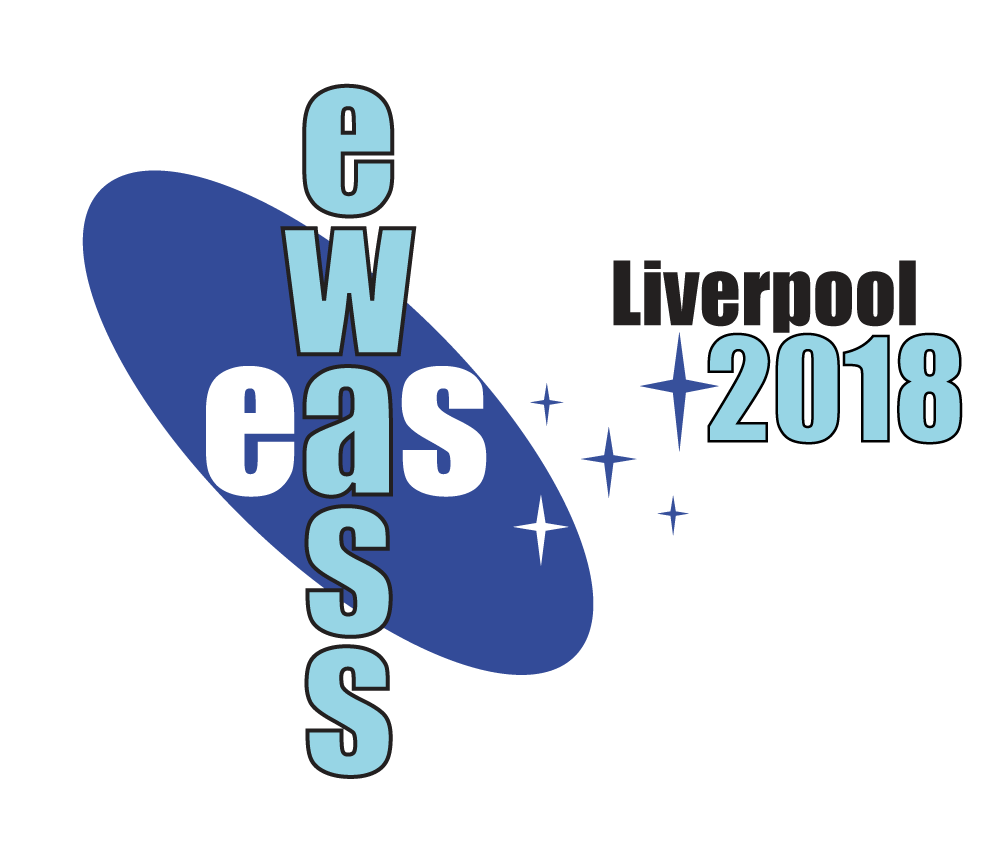
 A power cut will shut down all EAS services on Tuesday, 10 January 2017 starting at 7:30 CET.
A power cut will shut down all EAS services on Tuesday, 10 January 2017 starting at 7:30 CET.






